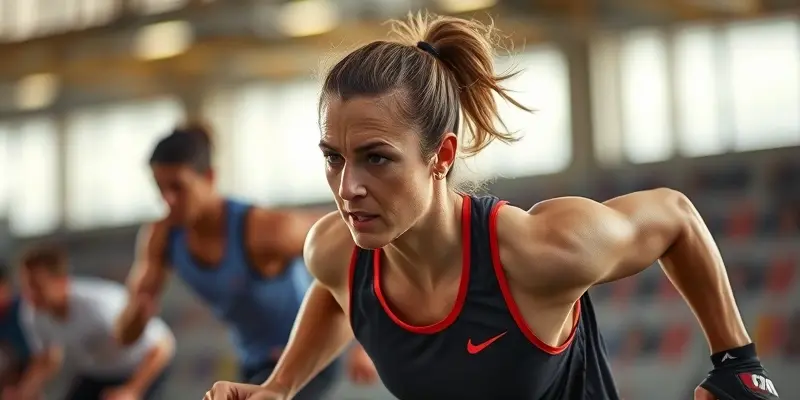Maximizing Recovery and Preventing Injuries: A Comprehensive Guide for Fitness Enthusiasts
Recovery is a crucial aspect of any fitness journey, whether you’re a beginner or a seasoned athlete. Understanding how to optimize recovery and prevent injuries can significantly impact your performance and overall well-being. In this blog post, we will delve into the world of recovery, injury prevention, and the role of Heart Rate Variability (HRV) tracking in enhancing your fitness journey.
Understanding HRV and its Role in Recovery
HRV, the variation in time between heartbeats, is a valuable metric that provides insights into your body’s physiological state. Higher HRV scores indicate better recovery and adaptability, making it a potent tool for monitoring stress levels, fatigue, and inflammation. By tracking HRV, athletes can take proactive measures to prevent overtraining and optimize their training schedules for improved performance.
Implementing HRV Tracking for Recovery Strategies
Tools for HRV Monitoring
- Wearable Devices: Accessible data for athletes to track HRV trends over time. Check out our post on injury recovery checklist for more insights.
- Software and Apps: Programs like Kubios offer detailed HRV analysis for tailored training plans. Explore how visualization can aid in your recovery journey here.
Using HRV for Recovery Optimization
- Daily Monitoring: Check HRV regularly to gauge your recovery status, ideally in the morning.
- Training Adjustments:
- High HRV: Engage in intense workouts for optimal performance.
- Low HRV: Opt for rest or low-intensity activities to aid recovery.
Common Injuries and Prevention Strategies
Preventing injuries goes hand in hand with effective recovery strategies. By incorporating proper warm-ups, gradual training intensification, core muscle strengthening, and cross-training into your regimen, you can reduce the risk of common sports injuries.
Nutrition Plans for Healing
A balanced diet rich in protein, carbohydrates, and healthy fats is essential for muscle repair. Adequate hydration and considerate supplementation with omega-3 fatty acids and antioxidants can further support recovery processes.
Psychological Methods for Motivation
Maintaining motivation during recovery is paramount. Establishing achievable milestones, building a support network, and incorporating mindfulness practices like meditation or yoga can help manage stress and keep you motivated throughout your rehabilitation journey.
Tools and Gadgets Supporting Muscle Repair
Beyond HRV trackers, electrostimulation devices and compression garments are valuable tools that aid in muscle recovery by enhancing blood flow and reducing inflammation.
By integrating HRV tracking into a holistic recovery plan, athletes of all levels can boost their recovery, prevent injuries, and elevate their long-term performance. Stay tuned for more insights and tips on maximizing your fitness journey with Gympulse!

